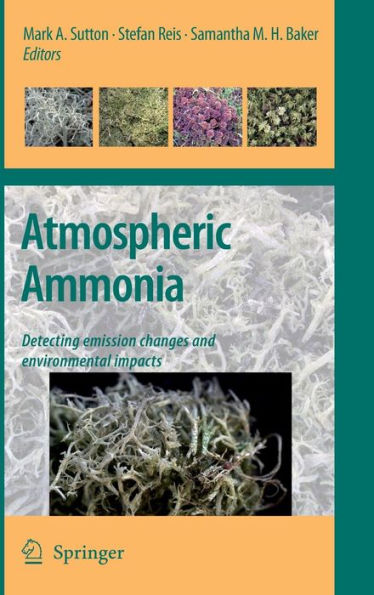5
1
9781402091209


Atmospheric Ammonia: Detecting emission changes and environmental impacts. Results of an Expert Workshop under the Convention on Long-range Transboundary Air Pollution / Edition 1 available in Hardcover

Atmospheric Ammonia: Detecting emission changes and environmental impacts. Results of an Expert Workshop under the Convention on Long-range Transboundary Air Pollution / Edition 1
- ISBN-10:
- 1402091206
- ISBN-13:
- 9781402091209
- Pub. Date:
- 02/13/2009
- Publisher:
- Springer Netherlands
- ISBN-10:
- 1402091206
- ISBN-13:
- 9781402091209
- Pub. Date:
- 02/13/2009
- Publisher:
- Springer Netherlands
169.99
In Stock

Product Details
| ISBN-13: | 9781402091209 |
|---|---|
| Publisher: | Springer Netherlands |
| Publication date: | 02/13/2009 |
| Edition description: | 2009 |
| Pages: | 464 |
| Product dimensions: | 6.30(w) x 9.30(h) x 1.00(d) |
About the Author
From the B&N Reads Blog
